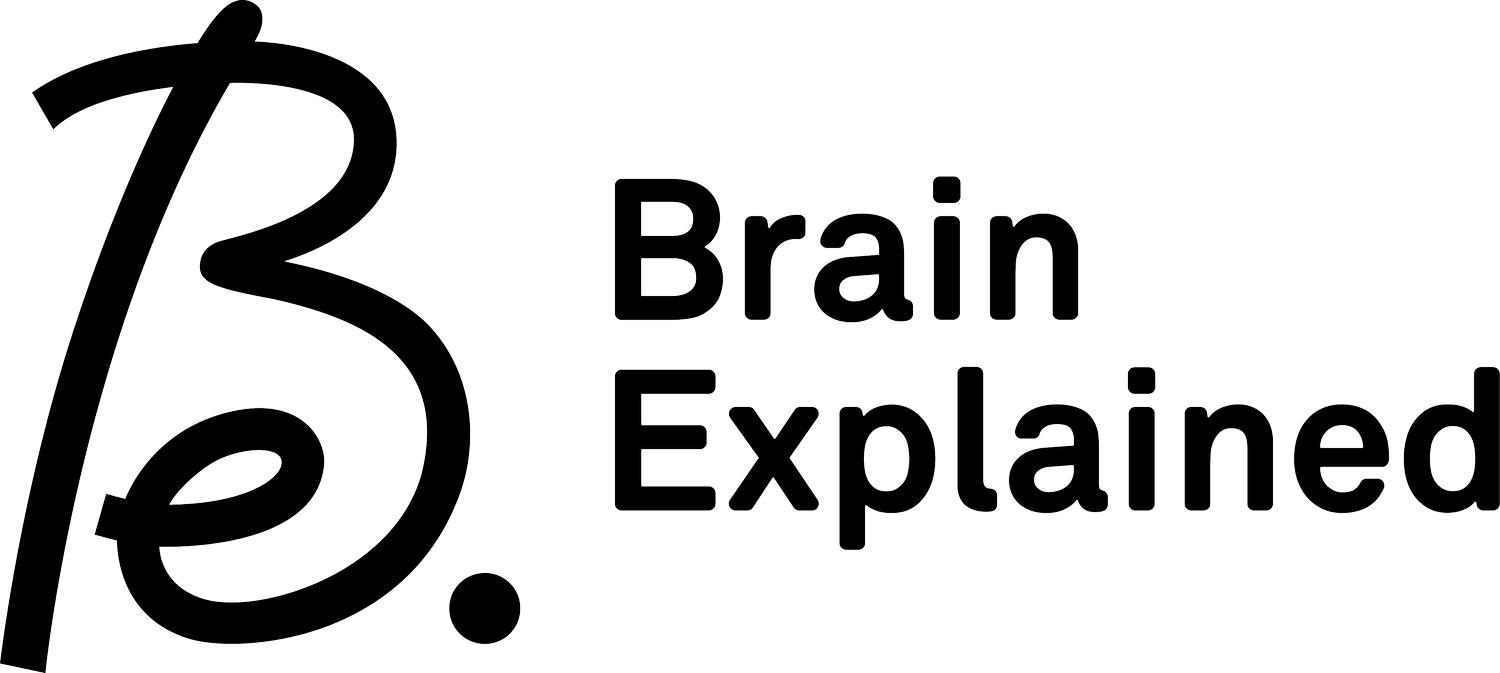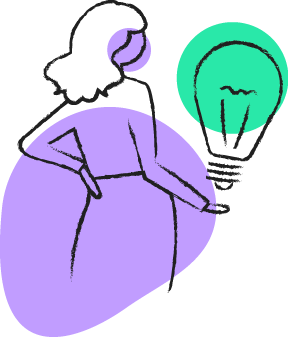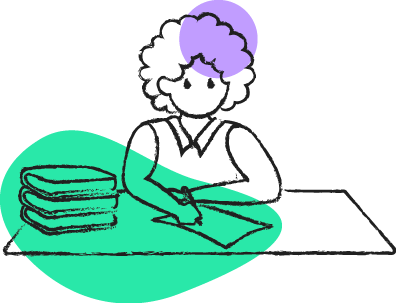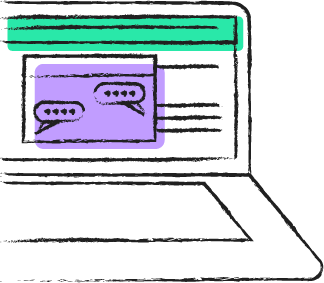Brain Explained distills science- and evidence-based practices into approachable, actionable solutions for everyone, regardless of learning differences, culture and capital.
Our work is informed, in part, by the following research and frameworks:
01
A foundational understanding of how adults learn
Brain Explained is grounded in decades of research on how adults learn from the fields of developmental cognitive neuroscience, research innovations from educational practice and learning technologies, research on the influence of culture on learning; social, emotional, and motivational aspects of learning; learning in academic domains; language and linguistics; and learning disabilities.
02
Models of effective adult learning and learner variability
The learning solutions tool kit is based on a model of effective adult learning characteristics for success in higher education, work, and life (Shechtman, Yarnall, Stites & Cheng 2016). To build a sustainable career in the 21st-century workforce, no matter the job or occupation, adults need not only academic, technical, and professional knowledge but also a broad set of personal success skills. These are the capacities that enable adults to deal with the challenges, relationships, transitions, and social systems that makeup working life.
03
AI for personalization of educational strategies
Brain Explained draws upon the research base for the effective use of AI to support the personalization of learning strategies and approaches based on learner variability documented in the review AI in Education (2020). Various techniques are incorporated into AI systems for learning analysis, recommendation, knowledge understanding, and acquisition, based on machine learning, data mining, and knowledge model (Chen, Chen, and Lin, 2020). Intelligent education systems provide timely and personalized instruction and feedback for both instructors and learners.

Gain insight into the factors that influence the way individuals learn.
Brain Explained is designed using the Universal Design for Learning (UDL) framework to ensure that the learning environment is flexible and malleable enough to meet diverse learner needs.
Surveys and tool kits will have multiple means of representing information including text and graphics, and 3-minute animated videos that model strategies and support. We use text-to-speech and the Beeline reader for reading support and it is accessible to screen readers for the visually impaired.
UDL is a framework for the design and implementation of inclusive educational and professional practices and technologies (CAST, 2011).
What distinguishes UDL is that it focuses attention less on the perceived weaknesses or disabilities of students, and more on the barriers and obstacles that such students face in traditional methods, materials, and environments. UDL fundamentally reframes it as a design challenge to create learning and workplace environments that are flexible enough to address learner variability.





